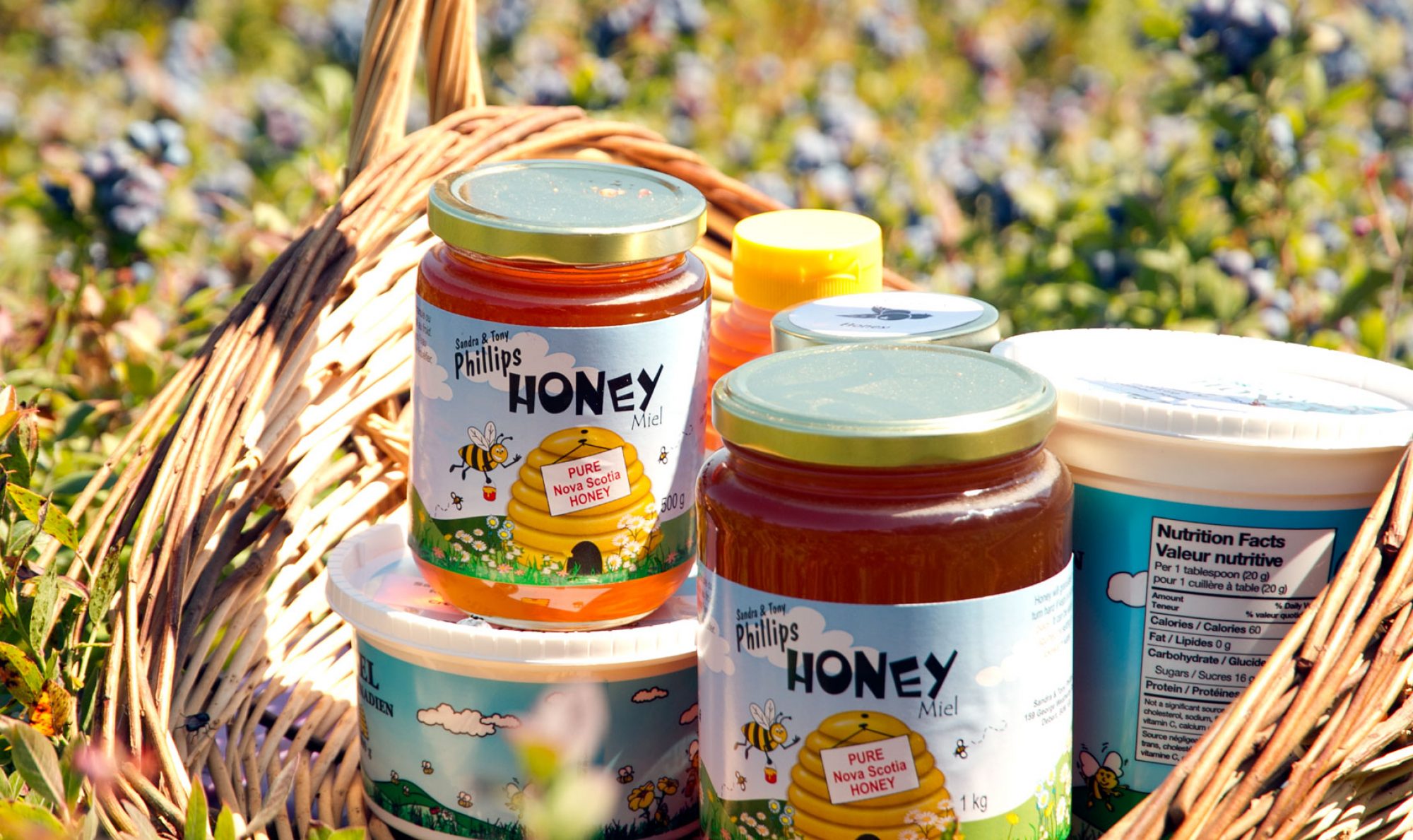Honeysuckle is the name for a wide assortment of shrubs and vines, most introduced but there is a local, yellow-flowered northern honeysuckle. All honeysuckles like the sun, so they tend to be an edge plant. The bushes and vines are starting to bloom around now …early June…and they are very attractive to bees of all types, hummingbirds and butterflies. The flowers offer both nectar and pollen. The flowers are long and tubular and some varieties make it difficult for short-tongued honeybees to get nectar from them unless rain or dew floats it up. If a bumblebee cuts through the base of the flower and makes a sort of break-and-enter approach to nectar collection, the honeybees can come after, like a hyena following a lion, and get a nectar drink. The bushes and flowers come in various colours and forms. We have some dwarf bushes with red flowers and these bushes never seem to get above four feet high. We have some big straggly bushes with white flowers that are now forty years old and fifteen feet high. I’ve taken softwood cutting from the white-flowered bushes and we now have a 300 foot hedge of these bushes between two fields …one of the best plantings I ever did. Honeysuckle is easy to start from softwood (summer) cuttings with rooting hormone or in a jar of water (see willow witchcraft). They are maintenance free, vigorous, deer proof and bee friendly and birds like the berries in the late summer and, bonus …they are very beautiful. Foody factoid: haskap, the new wonderberry being planted around Nova Scotia, is a blue-berried honeysuckle. While haskap berries are edible, other honeysuckle berries are not; they are mildly poisonous to humans. Troubling factoid: honeysuckle berries, which ripen before wild blueberries could act as a host for “spotted wing drosophila”, a new pest whose egg laying can prejudice the salability of late harvested wild blueberries.

























